Shockingly, over 90% of women and 97% of men aren’t getting enough. That shortfall can have serious health implications, from digestive discomfort to higher risks of certain cancers.
Others are reading now
Not every viral food craze on TikTok is worth following, but fibermaxxing might just be an exception. The trend, which involves packing your meals with fiber-rich foods, has racked up tens of millions of views.
From chia seed bowls to berry-loaded breakfasts, creators are showing how upping your fiber intake can help with digestion, weight management and overall gut health.
Why We’re So Deficient in Fiber

Despite fiber’s benefits, most Americans fall drastically short of daily recommendations, 22 to 34 grams for adults, depending on age and gender.
Shockingly, over 90% of women and 97% of men aren’t getting enough. That shortfall can have serious health implications, from digestive discomfort to higher risks of certain cancers.
Soluble vs. Insoluble — The Fiber Duo
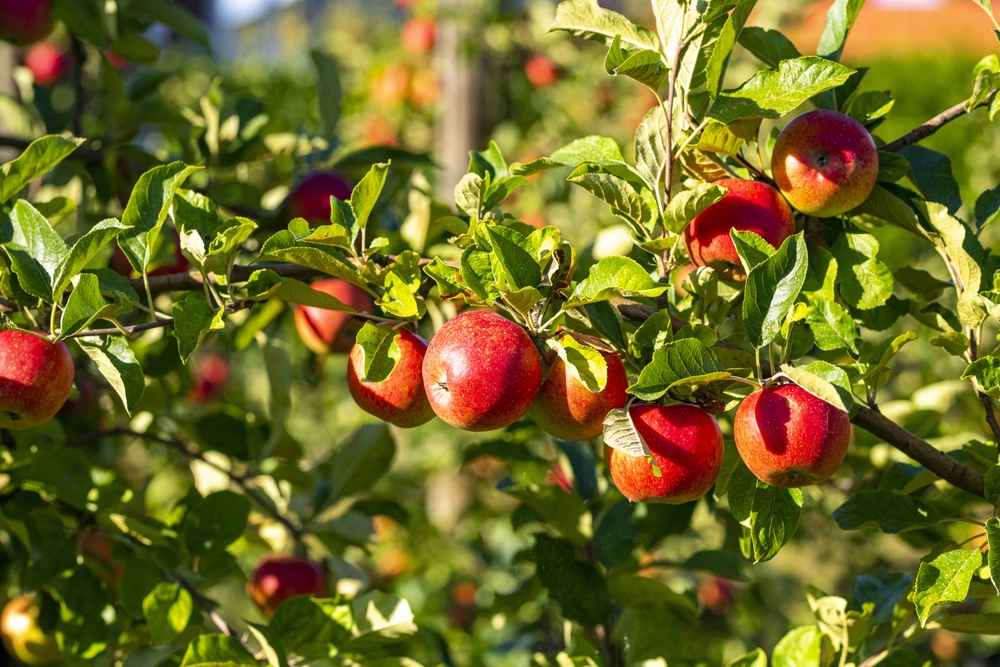
There are two main types of dietary fiber. Soluble fiber absorbs water, forming a gel-like substance that helps regulate digestion.
Also read
Insoluble fiber adds bulk to your stool, making bowel movements more regular. Both are essential — and most high-fiber foods contain a mix of the two. Think apples, oats, beans, leafy greens and whole grains.
The Science Behind Fiber’s Cancer-Fighting Power

A higher-fiber diet is linked to lower rates of colon and rectal cancers. One reason? Fiber reduces the time waste stays in the intestines, limiting exposure to potential toxins.
Plus, when your gut bacteria ferment fiber, they produce short-chain fatty acids, compounds that nourish colon cells and may reduce inflammation and cancer growth.
More Than Just Digestion — Fiber’s Full-Body Benefits
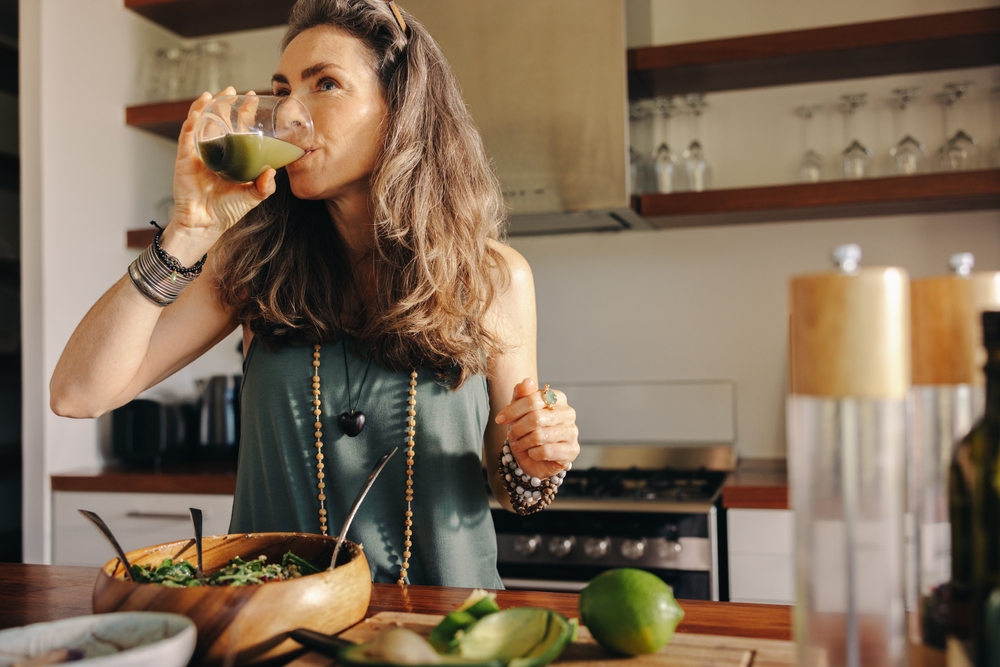
Fiber does more than keep things moving. It can lower your risk of type 2 diabetes, high cholesterol and heart disease. It helps control blood sugar, prevents energy crashes, supports healthy weight management and may even improve longevity.
And yes by promoting regular bowel movements, it helps your body naturally flush out toxins.
Also read
The Gut–Mind Connection
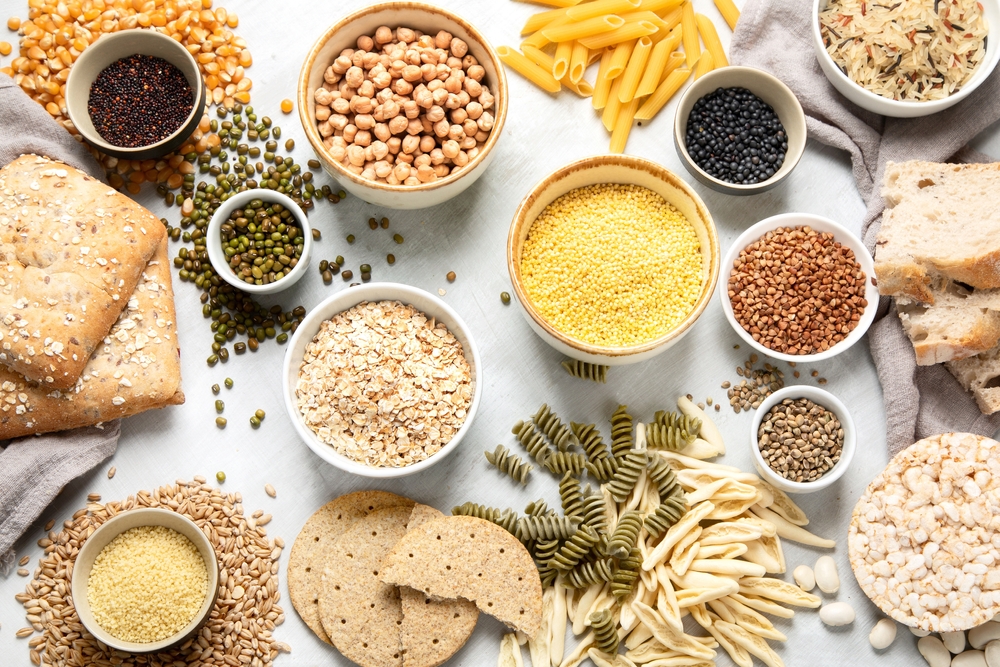
Emerging research suggests a link between gut health and mental health. Diets rich in fiber seem to positively influence mood, possibly through the gut microbiome’s role in producing mood-regulating compounds.
So, feeding your gut might also mean boosting your mental well-being.
Start Low, Go Slow
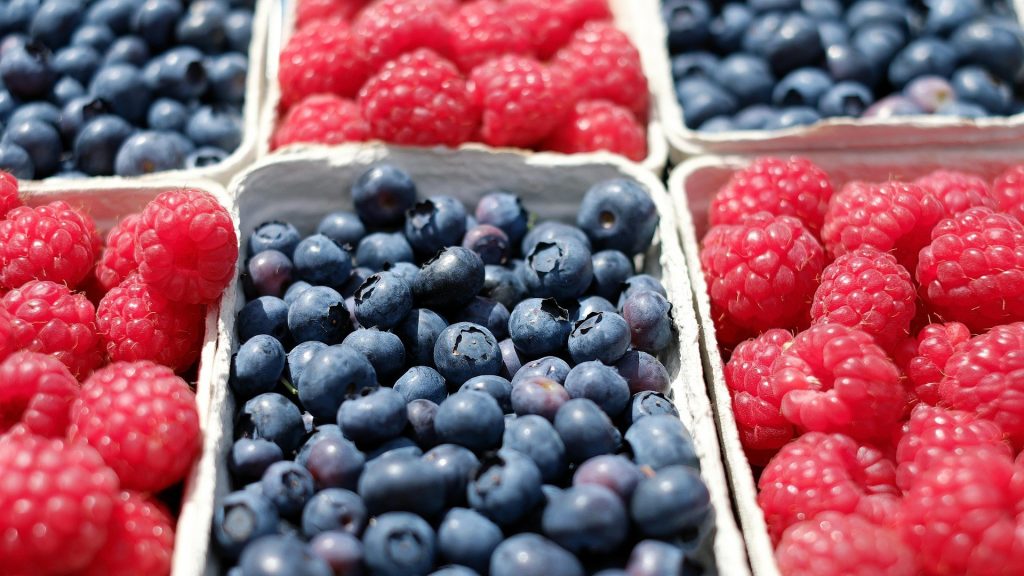
If you’re tempted to jump straight into high-fiber eating, think twice. Increasing fiber too quickly can cause bloating, gas and discomfort.
Experts recommend starting small add berries to breakfast, swap white bread for whole grain, or throw extra veggies into your dinner. Give your body time to adjust before increasing your intake further.
Don’t Forget the Water

Fiber works best when it has water to draw into the digestive tract. Without enough hydration, you could end up with the opposite of the desired effect bloating and constipation.
Also read
Pair your higher-fiber meals with plenty of fluids to keep everything moving smoothly.
Fiber Supplements — Helpful, but Not a Substitute
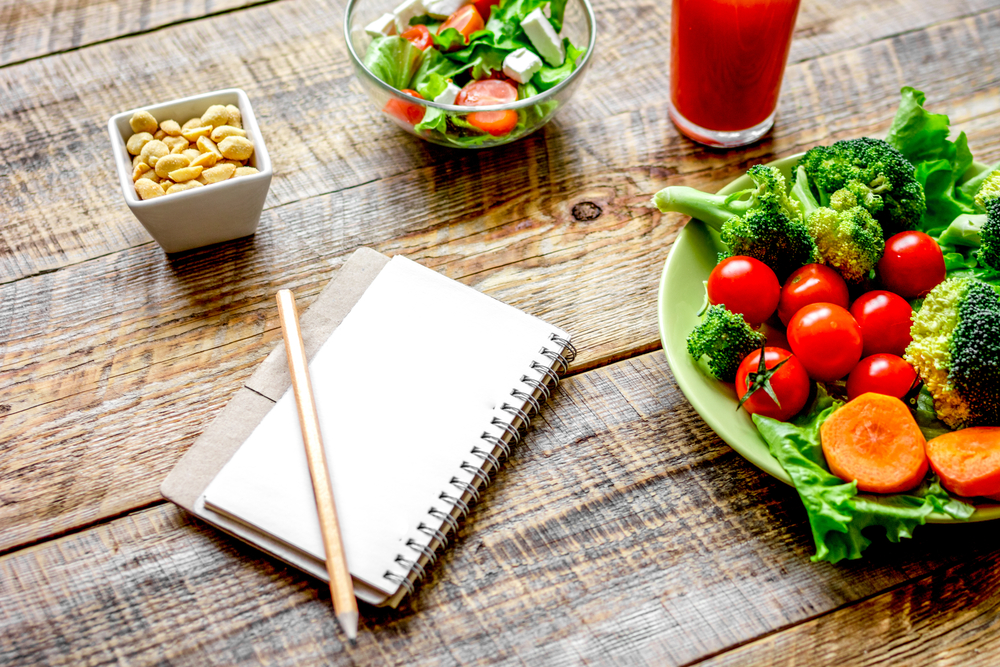
Supplements like psyllium husk can be useful if you struggle to get enough fiber from food or have specific health concerns like high cholesterol.
But they shouldn’t replace whole foods: fruits, vegetables, nuts and grains deliver not just fiber, but also essential vitamins, minerals and antioxidants.
Easy Ways to Fibermaxx Your Day
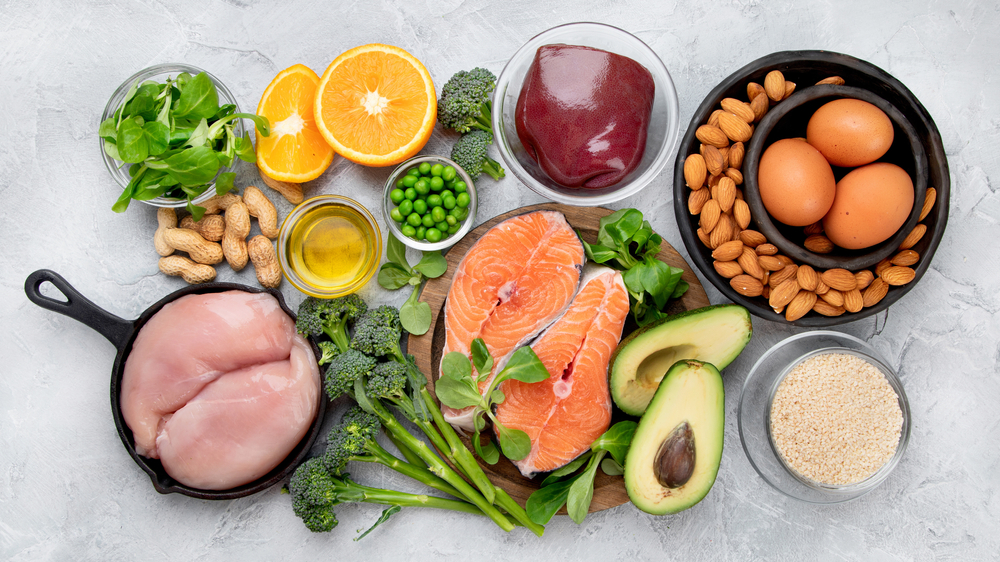
Small swaps can make a big difference. Replace white pasta with whole-wheat, choose brown rice over white, or snack on nuts instead of chips.
Toss chia seeds into smoothies, add beans to salads, and load your plate with colorful vegetables. With a little creativity, fibermaxxing can be both delicious and effortless.


